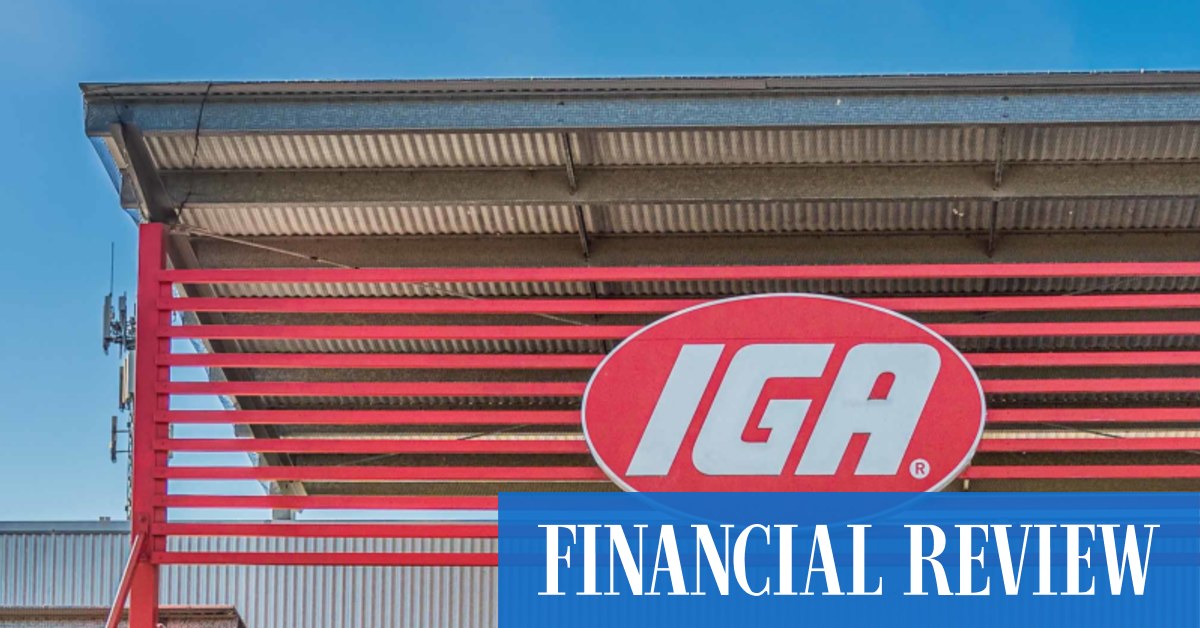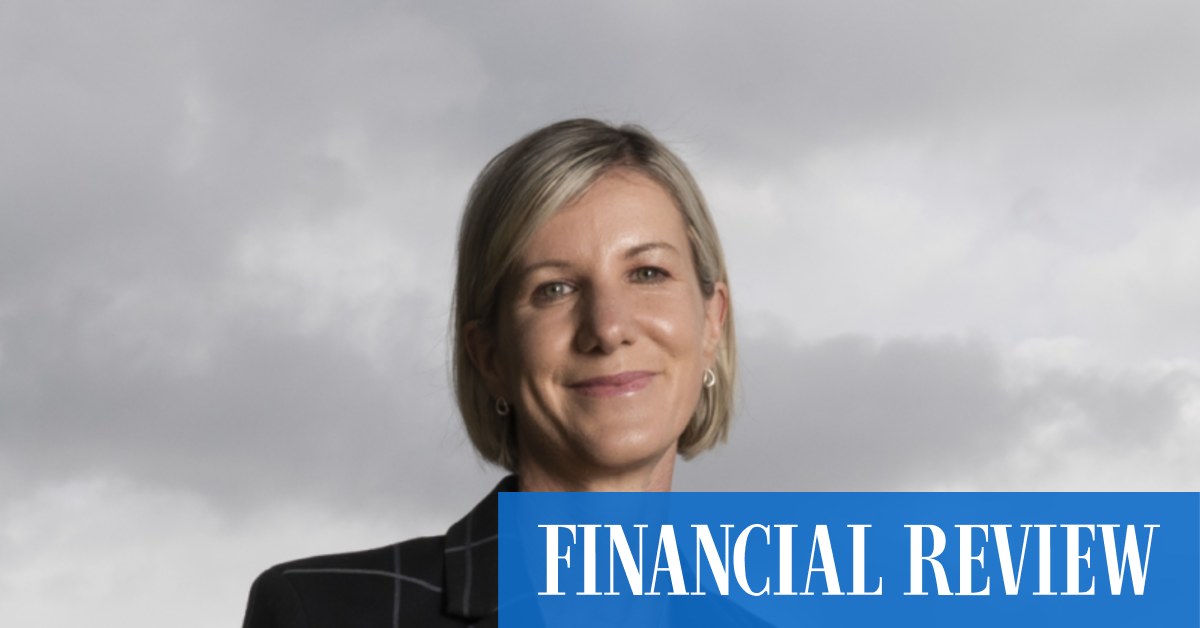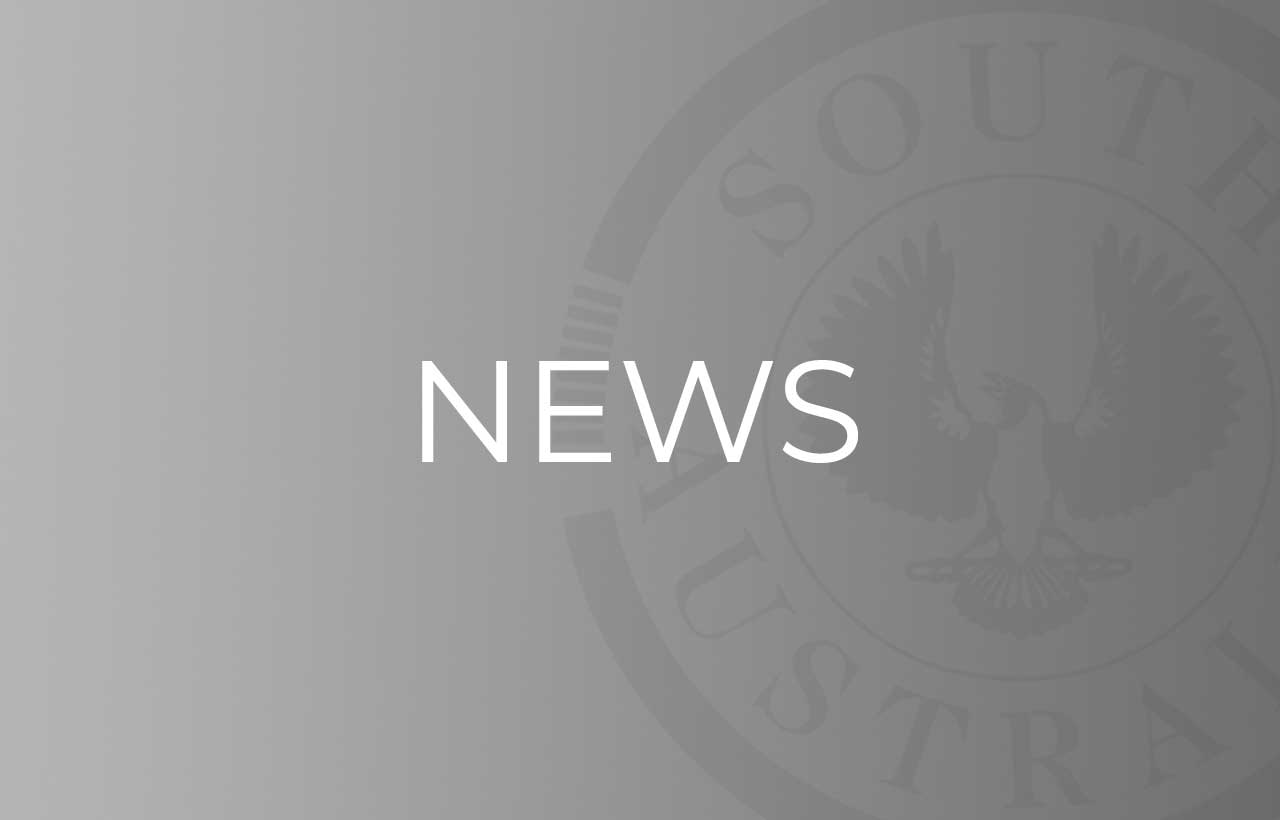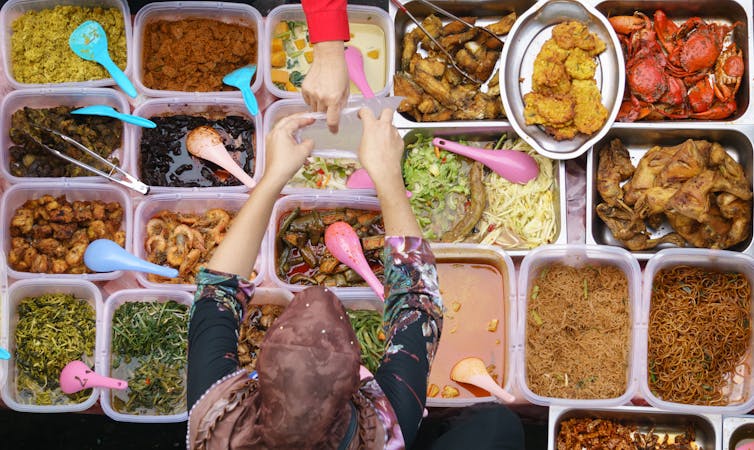By Emilia Saiz, Secretary General of United Cities and Local Governments (UCLG)
In a time of unprecedented challenges, global governance needs a transformation capable of reconciling us with the planet and fostering caring for each other. To do this, the municipalist movement, to which the author belongs, calls for a greater political voice for local and regional governments.
Our world is at a moment that we could define as foundational. The number of overlapping crises, their universal nature, and their degree of interconnection places us in front of an unprecedented scenario. The scope of some of these challenges is palpable in our daily lives, while the repercussions of others are more difficult to measure, even still to identify.
We see the dreams broken, the lives lost in armed conflicts, the dinghies reaching the shores, the persecution of the Tigray people in Ethiopia, the deaths, destruction, and displacement in the cities of Ukraine. The impacts of conflicts reverberate at a global and local level, affecting everyday needs such as food and energy.
These challenges seem more visible today, but they have long been suffered by the most vulnerable people in our communities, finding their roots in systemic emergencies such as climate change, or the pandemic and its consequent economic crisis. This scenario represents an important wake-up call to transform, all together, our systems and ways of life.
Local and regional governments know this well. The global has a local impact and the local determines the global. It is in times when we feel most vulnerable and unprotected that the capacity, values and limits of our communities are tested. And it has been under these circumstances that local and regional governments have been, and continue to be, at the forefront of efforts to break through together, guaranteeing the provision of public services, guaranteeing rights, and promoting ways of living that are inclusive, supportive, equal and fair.
It is at times like these that we must reevaluate our priorities and make sure what we have experienced, what we have gone through, serves to transform how we interact with each other, with our environment and with our institutions.
Towards the Pact for people, planet and government
The World Organization of United Cities and Local Governments (UCLG), building on the legacy of the centenary international municipal movement, is convinced that these transformations will only be possible if local and regional governments play a fundamental role as political actors, with the responsibility of the level of government closer to the people and going beyond the competencies or resources at their disposal today.
To achieve these transformations, UCLG is developing a Pact for the Future of People, the Planet and the Government that includes the shared principles, values and aspirations of our communities to renew the social contract from the bottom-up. From our cities, towns and territories.
The Pact recognizes this foundational moment. It aims to be honest with the challenges, assume responsibilities and build on the collective knowledge that we have been able to coin – the starting point towards a more sustainable future, with gender equality and social justice as essential pillars of any creative, resilient, empowered and committed community. The Pact does so by putting people at the center, deepening the needs of current generations and expanding the rights of future ones. Guaranteeing public services and the commons, developing a harmonious relationship with nature, and renewing the relationship between spheres of government to improve people’s trust and representativeness.
Throughout history, our territories have thrived thanks to the creativity of our people. The Pact for the Future seeks to preserve and promote local, empathetic and supportive societies that enhance the capacities of their individuals through culture and the right to the city. To favor that our territories have tools to put an end to the housing crisis, transform our production and consumption habits, and build bridges between citizens and institutions based on an innovative, sustainable, and inclusive provision of services. In short, to create spaces where the ideas that lead to the transformations we need can flourish.
From April to October, mayors and governors from among our members elect their peers to represent them in the World Council of our organization. There are 341 seats distributed among the five continents. It is an unparalleled democratic exercise in local multilateralism, which began at Africities, the largest meeting of local and regional governments on the African continent, where the vibrant energy of the municipal movement was intensely present, conveying the empowerment of local voices and the strength of diversity.
The democratic exercise of Kisumu will provide the 45 seats corresponding to Africa in the UCLG World Council, and will be replicated throughout the rest of the regions of our planet. Those elected representatives will present motions to promote concrete actions that take the Pact to the streets and budgets of our territories. The results will be adopted on October 14 in Daejeon, at the most representative summit of local and regional governments and one of the largest democratic gatherings on the planet. The roadmap of the municipal movement will thus be defined and will largely define the local and territorial contribution to the United Nations Summit for the Future.
In a context where national governments arm themselves to protect sovereignties and access to resources, local and regional governments show themselves to be the greatest allies in defining a care agenda that contributes to rebuilding the foundations of the multilateral system towards a model of development that is universal, sustainable, and inclusive.
Adblock test (Why?)
Guest Article: The Moment of Local Multilateralism | SDG Knowledge Hub | IISD - IISD's SDG Knowledge Hub
Read More















